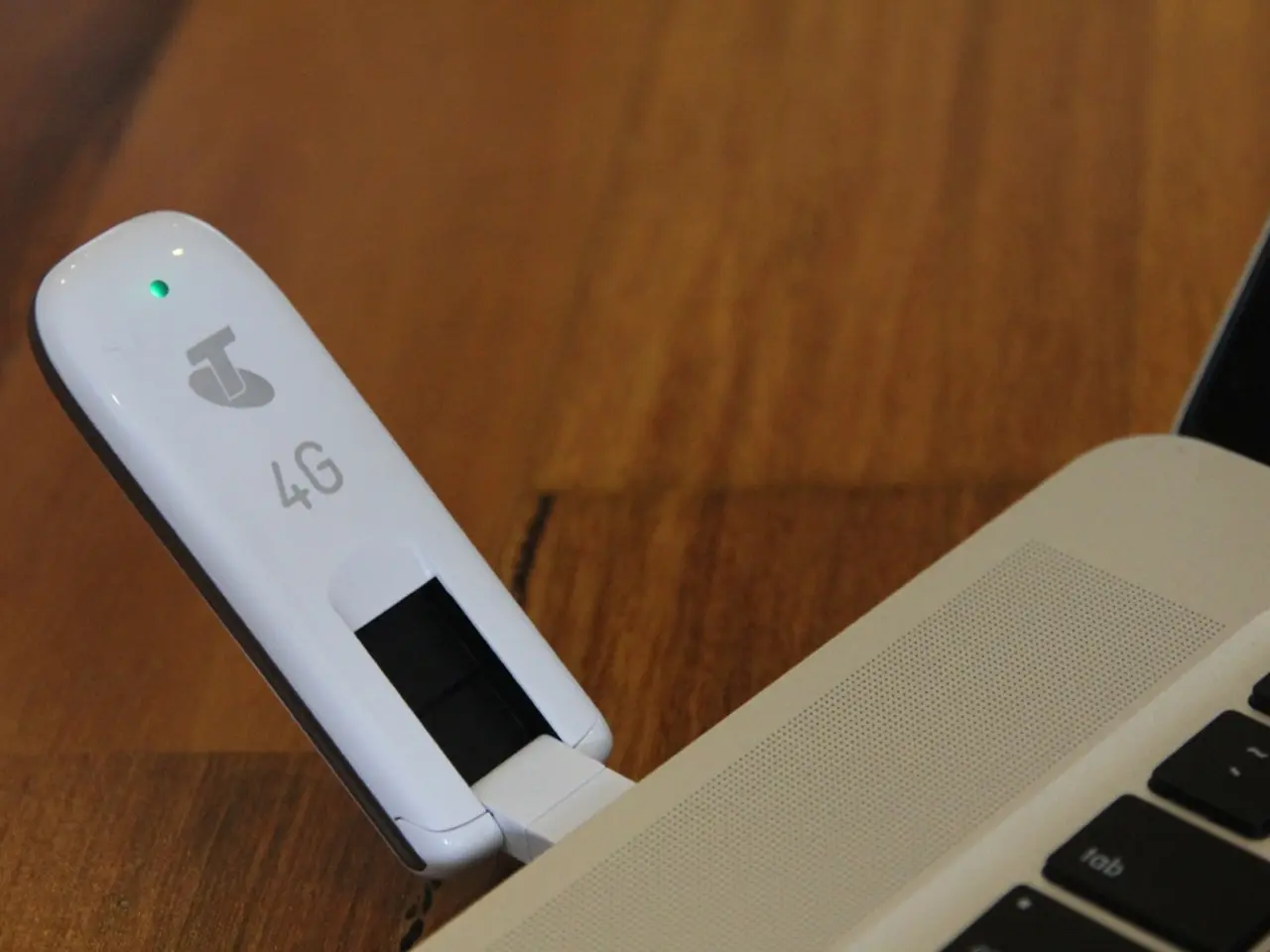Utilizing DiskPart for drive clean and format on Windows 10: A troubleshooting guide
In this guide, we'll walk you through the process of using DiskPart to clean and format a drive on Windows 10. This utility allows you to manage storage at a low level, including cleaning and reformatting drives, creating partitions, and converting partition styles.
Up-to-date Instructions
These instructions have been updated to ensure accuracy and reflect changes to the process in the operating system.
Important Considerations
- Using these steps will erase everything on the selected drive, and it cannot be undone. If the drive is still accessible, it's recommended to back up the data before proceeding. If multiple drives are connected to your device, disconnect them to avoid selecting the wrong one.
- Windows 10 supports two partition styles: Master Boot Record (MBR) and GUID Partition Table (GPT). The command erases all partitions and data, so be sure to choose the correct drive before proceeding.
- Use and Windows Disk Management to verify the correct disk number before selecting to avoid data loss.
- Windows 10 supports GPT for modern UEFI booting; MBR can be used for older BIOS systems.
Steps to Clean and Format a Drive
- Open an elevated Command Prompt or PowerShell:
- Press Win + X and select Windows PowerShell (Admin) or Command Prompt (Admin).
- Start DiskPart by typing:
- List all disks to identify the target drive: Note the disk number you want to work on (e.g., Disk 1).
- Select the target disk: Replace with the correct disk number.
- Clean the disk to remove all partitions and data:
- Use a simple clean: This removes partitions but does not overwrite all sectors.
- Or use a full wipe (overwrites all sectors with zeros): This process takes longer but erases all data securely.
- Choose the partition style:
- To convert the disk to MBR:
- To convert the disk to GPT: Note: You must clean the disk before converting between MBR and GPT because this deletes all partitions and data.
- Create a new primary partition spanning the full disk (optional but typical step):
- Format the new partition with your desired file system (e.g., NTFS or FAT32). To format quickly as NTFS: Or for FAT32 (useful for some specific compatibility):
- Assign a drive letter to the partition (optional):
- Exit DiskPart:
Example: Clean, Convert to GPT, Create Partition, and Format as NTFS
Important Notes
- The command erases all partitions and data, so back up important files first.
- securely wipes the disk by zeroing sectors but takes more time.
- Use and Windows Disk Management to verify the correct disk number before selecting to avoid data loss.
- Windows 10 supports GPT for modern UEFI booting; MBR can be used for older BIOS systems.
This process removes all existing data/partitions, converts partition style if desired, and formats the drive ready for use.
Additional Information
- MBR is the traditional format, compatible with legacy BIOS systems, while GPT is the modern standard, used in systems with UEFI firmware.
- After using these steps to fix a drive with GPT partition style, the drive should be accessible again through File Explorer.
- To wipe out a drive in DiskPart, type the command .
- GPT is more robust and supports drives larger than 2TB, as well as more than four primary partitions.
- The steps to fix hard drive issues on Windows 10 with DiskPart include: opening Command Prompt as administrator, listing all active drives, selecting the drive to clean, wiping out the drive, confirming the drive is still selected, converting the drive to an MBR partition style (if necessary), creating a new partition, making the partition active (if using MBR), formatting the partition, assigning a letter to the drive, and making the drive available on File Explorer.
- The article discusses using the DiskPart command-line tool to fix issues with USB flash drives or external hard drives on Windows 10.
- To exit DiskPart, type the command and press Enter.
- These instructions can be used to prepare your device and upgrade from Windows 10 to Windows 11.
- To create a new primary partition in DiskPart, type the command .
- DiskPart is a built-in utility that allows managing storage at a low level, including cleaning and reformatting drives, creating partitions, and converting partition styles.
- To format a partition with the NTFS file system, set a drive label, and use the quick option (optional), the command in DiskPart is , replacing "DRIVE-LABEL" with the name of the drive as you want it to appear on File Explorer. The example formats the drive using the NTFS file system and names the partition "myData": .
- To select a drive in DiskPart, type the command , replacing "DISK-NUMBER" with the drive number to repair.
- To list all active drives, type the command in DiskPart.
- To convert a drive's partition style to GPT in DiskPart, type the command .
- For an up-to-date technology experience, consider the benefits of upgrading your PC from Windows 10 to Windows 11, provided by Microsoft.
- In addition to PCs, Windows 11 is also applicable for data-and-cloud-computing on Xbox platforms.
- Apart from the operating system, Microsoft offers various software solutions for diverse needs, including Windows Disk Management for managing partitions and drives.
- While formatting a drive, be mindful of the update stage, as it could potentially change the partition style from Master Boot Record (MBR) to GUID Partition Table (GPT).
- If you're setting up an Xbox or a new PC, the first step may involve cleaning and formatting a drive to ensure a smooth transition with the latest technology and software updates.




